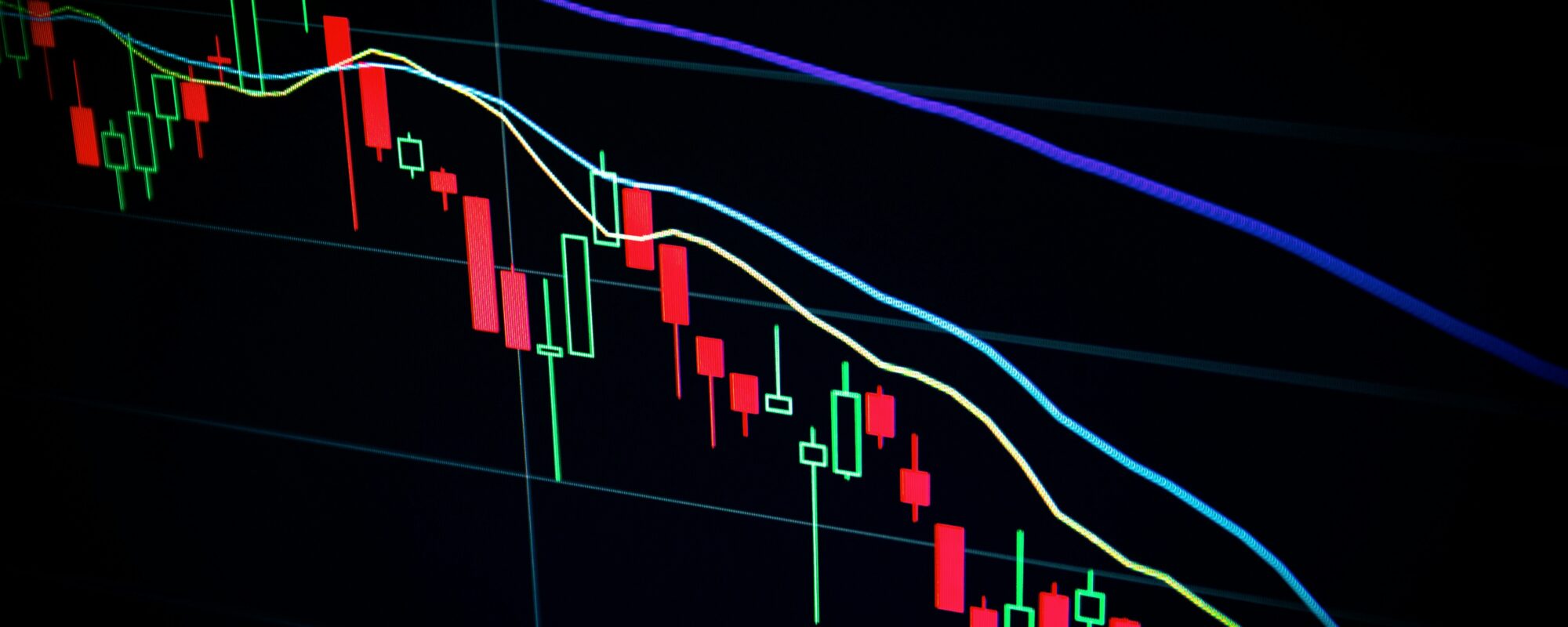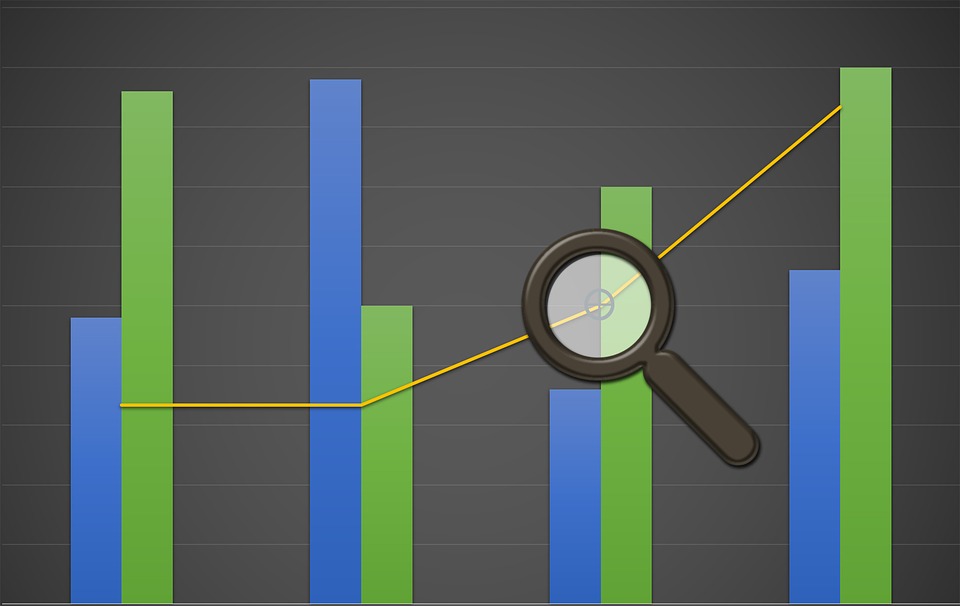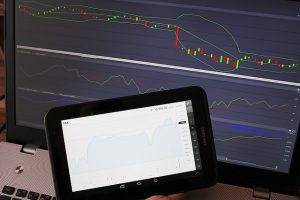Unleashing the Potential: How Quantum AI is Transforming Stock Trading
The financial world is witnessing a transformative era with the advent of quantum artificial intelligence (AI). This technology is not merely a step forward; it represents a quantum leap in how stock trading systems operate, offering unprecedented efficiencies and capabilities. Here’s how quantum AI is reshaping the landscape of stock trading.
Speed and Precision in Trading
Quantum AI integrates the principles of quantum computing with the analytical power of artificial intelligence, resulting in trading algorithms that are incredibly fast and accurate. Traditional computers process information in binary (bits), represented as 0s or 1s. In contrast, quantum computers use qubits, which can exist in multiple states simultaneously, thanks to superposition. This ability allows quantum AI systems to analyze vast amounts of market data much faster than traditional systems.
For traders, speed and accuracy translate into the ability to capitalize on market movements almost instantaneously. Quantum AI can evaluate complex trading patterns and execute trades at optimal times, significantly reducing the gap between decision-making and action.
Enhanced Market Prediction Models
One of the most significant advantages of quantum AI in stock trading is its potential to improve predictive accuracy. Quantum algorithms are particularly adept at handling the type of complex, variable-rich data that financial markets generate. They can identify patterns and trends that are imperceptible to human analysts and even conventional AI systems.
Moreover, quantum AI can run multiple scenarios simultaneously. It can forecast various market outcomes based on different risk factors, enhancing decision-making under uncertainty. This is particularly useful in volatile markets, where traditional models might struggle to keep pace with rapid changes.
Portfolio Optimization
Quantum AI excels in solving optimization problems, which is crucial for portfolio management. It can analyze thousands of potential combinations of assets to determine the optimal portfolio mix, balancing risk and return in a way that is not feasible with traditional computing. This capability enables financial advisors and investors to create more effective investment strategies tailored to specific goals and risk tolerances.
Risk Management
Quantum AI also introduces new dimensions in risk management. It can simulate a vast range of market scenarios based on historical data and real-time information, assessing the impact of various factors like geopolitical events, economic changes, and market sentiment. This comprehensive analysis helps traders and investment firms develop robust strategies to mitigate risks before they impact the portfolio.
Democratizing Stock Trading
Finally, quantum AI is set to democratize stock trading by making sophisticated trading tools available to a broader range of investors. Advanced quantum AI-driven platforms can offer retail investors access to analytical capabilities that were once the preserve of institutional players. This opens up opportunities for more individuals to participate in stock trading, armed with tools that can help level the playing field.
Conclusion
Quantum AI is set to revolutionize the stock trading landscape with its superior processing power, enhanced predictive abilities, and sophisticated risk management tools. As this technology continues to evolve, it promises to unlock new potentials in the financial sector, making trading faster, more efficient, and accessible to a wider audience. The future of stock trading, powered by quantum AI, looks not only promising but also remarkably dynamic.





 When you collect all the data points from the past and plot them into the chart, you start seeing a direction in which the currency prices are heading towards. This is called the trend in forex which lets you estimate the prices of currency in the future based on the analysis of past currency movements.
When you collect all the data points from the past and plot them into the chart, you start seeing a direction in which the currency prices are heading towards. This is called the trend in forex which lets you estimate the prices of currency in the future based on the analysis of past currency movements.
 Identify yourself:
Identify yourself: